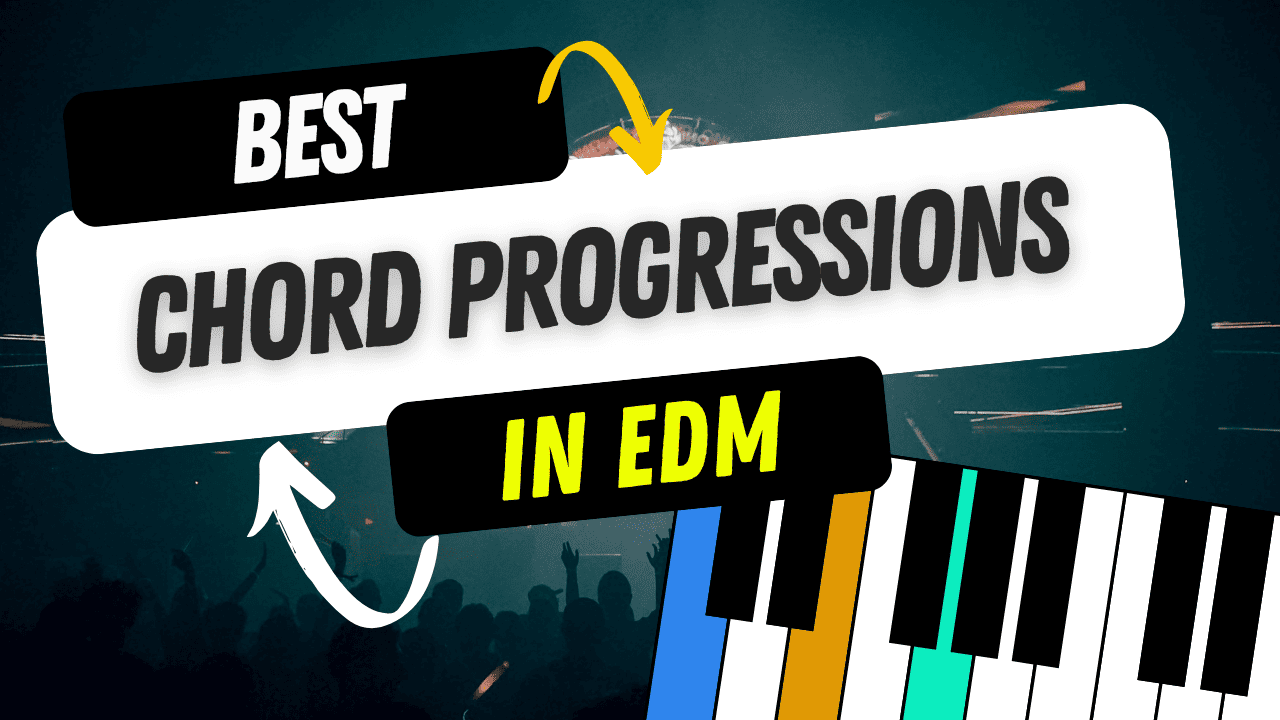
EDM is often a combination of just three things: a powerful beat, a unique melody, and a chord progression that drives the song forward.
The good thing about chord progressions in EDM is that they’re rarely overcomplicated: after all, they're designed to get stuck in the minds of those who spent hours on the dance floor!
Today, we’ll take a look at some of the most popular chord progressions used in electronic dance music. We’ll also learn about some basic chord theory, so you can get started and find your own perfect chord progressions.
What Are Chord Progressions?
I won’t bother you with too much music theory. However, there are certain things you need to know before we dive into the world of chord progressions.
In a nutshell, a chord progression is a series of chords played one after the other. In Western music, the chords are built using a scale, where each note is identified with a Roman numeral based on its position within the scale.
The most common scales used in most Western music, including EDM, are the major and minor scales: major scales tend to exude a positive and uplifting vibe, while minor scales are often darker and more emotional.
As for the Roman numerals, we use uppercase numerals to describe major chords (I, IV, V, etc.) and lowercase numerals to describe minor chords (i, ii, iii, etc.). Here’s the simplest example, the C Major scale:
C – D – E – F – G – A – B – C
Using Roman numerals, the chords in this scale are:
I – C Major
ii – D minor
iii – E minor
IV – F Major
V – G Major
vi – A minor
vii° - B diminished
The chords change depending on the scale you’re using. For the A Major scale, the notes are:
A - B - C# - D - E - F# - G# - A
So the chords in this scale are:
I - A Major
ii - B minor
iii - C# minor
IV - D Major
V - E Major
vi - F# minor
vii° - G# diminished
We could talk for hours about chords and scales, but here's all the theory you need to know to follow the rest of the article. Now, let’s take a look at how you can turn this knowledge into EDM hits.
Major Chord Progressions
IV–V–vi
As you can see from the numerals, the IV–V–vi chord progression starts off with two very bright major chords and then shifts into a minor chord at the end.
Try it out in C major, which gives you F–G–Am; this progression naturally evokes a bittersweet vibe that combines happiness with a hint of introspection at the end. It’s a great way to give a song a sense of constant evolution, by engaging with the listener through a roller-coaster of emotions.
IV–V–vi–I
To me, this progression is the opposite of the one we saw earlier, as it gives a sense of closure at the end that the listener will usually find uplifting and satisfactory.
Imagine the IV–V–vi–I progression in C major: F–G–Am–C. It’s not just about the blend of major and minor chords that exudes both joy and reflection, but also the fact that we end on the 1st degree of the scale, which is a great (albeit predictable at times) way to create a sense of fulfillment.
I–V–vi–IV
If it ain't broke, don't fix it, right?
You might not have noticed it, but you have probably heard this chord progression hundreds of times in your life. If you don’t trust me, here’s the proof!
Probably the most common progression in modern music, the I–V–vi–IV sequence starts with a strong main chord and moves through another dominant chord (the fifth); it then shifts to a minor chord and ends with a subdominant chord. It’s something akin to a magic formula for songwriting, so if you don’t know where to start with chord progressions, this might be the right place.
VI–VII–v–i–VII
Compared to the previous ones, the VI–VII–v–i–VII progression is a more articulate mix of major and minor chords. In A minor, it’ll look like this: F–G–Em–Am–G.
The notes move down in pitch, starting with the VI chord, then to VII, followed by the v, the i (tonic) as the main chord, and returning to VII. This combination gives you a descending bass line, which is great when you try to create a captivating groove with your synth for your EDM tune.
vi–IV–V–I
Another chord progression I want to recommend, especially to trance and house producers, is the vi–IV–V–I. In C major, the progression will look like this: Am–F–G–C.
In a crescendo of emotions, the progression starts with a minor chord and travels through two bright major chords before concluding on the main chord. This sequence is great at building up tension, but also at resolving it: it’s great storytelling compressed into a sequence of four chords.
Minor Chord Progressions
i–VI–iv–VII
If you want to try something unconventional, here’s the perfect minor chord progression for you! The i–VI–iv–VII progression has this innate ability to create a mysterious atmosphere, but not so much that it alienates listeners: it's great for underground techno, but also leftfield electronic music in all its forms.
In A minor (since we’re starting with a minor chord), it’ll look like this: Am–F–Dm–G.
To me, this progression creates a sense of thoughtfulness, so while it might not be ideal for techno-bangers, it's a great option for deeper and more emotional EDM stuff.
i–VI–iv
This is a simple and effective chord progression you’ll often find in modern EDM hits.
While many songs usually use four-chord progressions, three chords can create just as much (if not more) tension before resolving: in particular, moving from a minor chord to a major chord builds anticipation and often gives you a powerful conclusion. That’s the case for the i–VI–VII chord progression.
“How Deep is your Love” by Calvin Harris is based on this chord progression. The song starts in E minor, which is the tonic, moves to C major and then to A minor. This creates a feeling of wanting to resolve, but it holds that tension for a while before returning to E minor; a great mix of simplicity and emotional depth.
i–VI–VII
This progression is similar to the one we looked at just now: it starts with a minor chord (i) and then builds tension through a major sixth chord (VI). However, it then stretches all the way to the VII chord, moving further away from the I chord, only to return there as the progression restarts.
Here, the feeling of tension and release is apparent and powerful, and it can work magnificently across genres, from trance to big room house and beyond.
The last two chord progressions show how just changing one chord can completely alter the mood and atmosphere of a song!
Final Thoughts
I hope this guide will help you find the perfect chord progression for your next EDM hit!
These are just some of the countless chord progressions you can use in your songs, so make sure you never stop searching for new chord sequences to enrich your sonic palette.
Let us know what you think in the comments, and give a shout-out to your favorite chord progressions. And if you can’t wait for the inspiration to strike, head over to the Sample Focus catalog and find the best chord progression for your tune! Simply choose the key, search for the best progression, and add it to your EDM track.
Have fun, and stay creative!

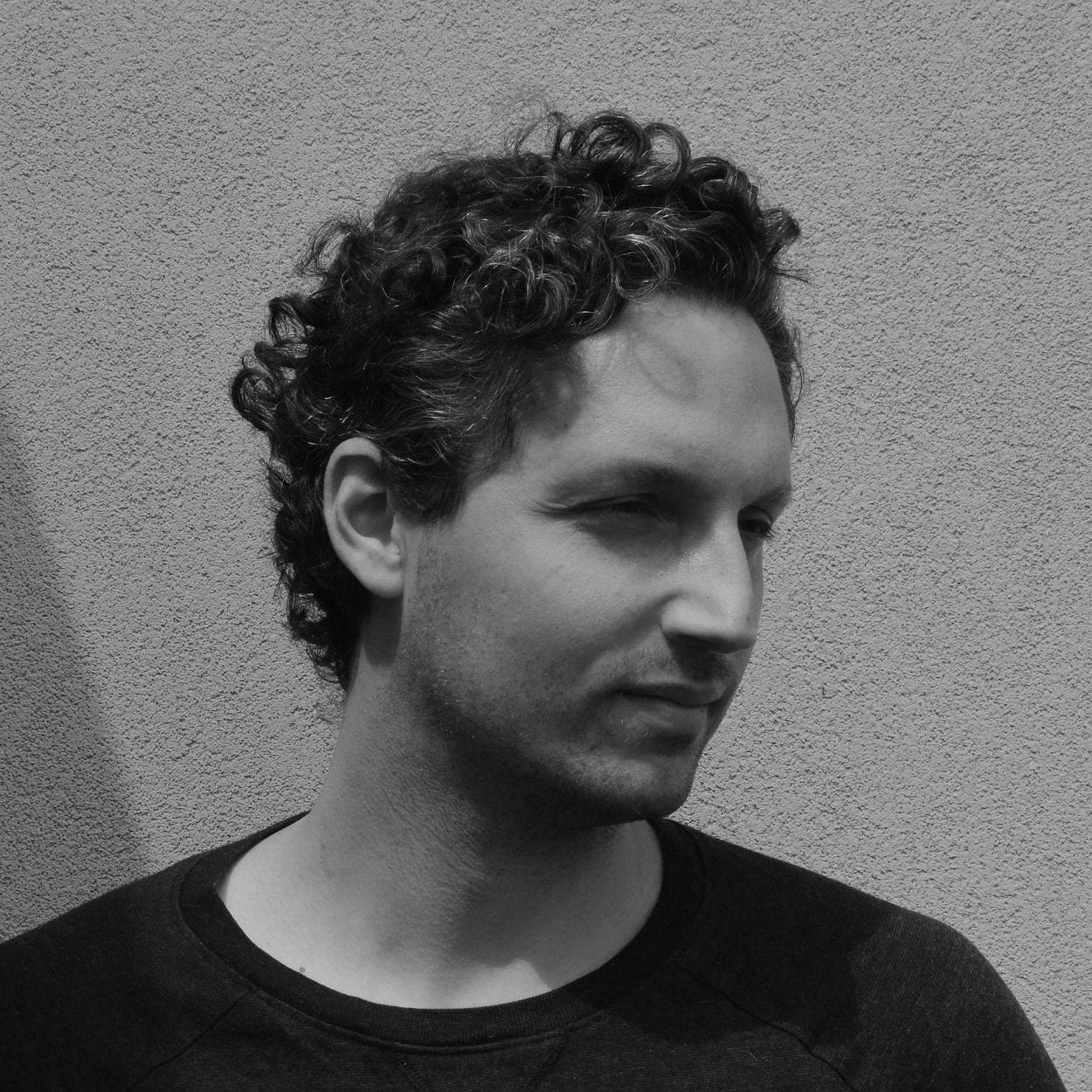
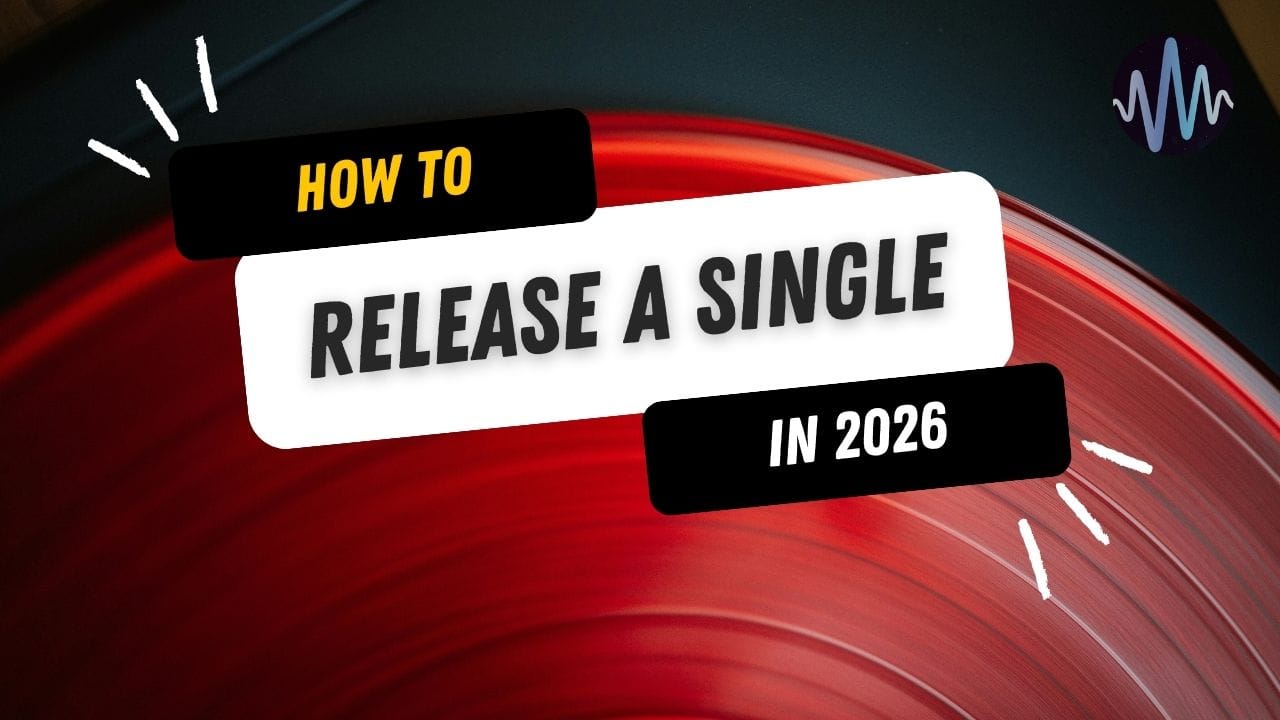

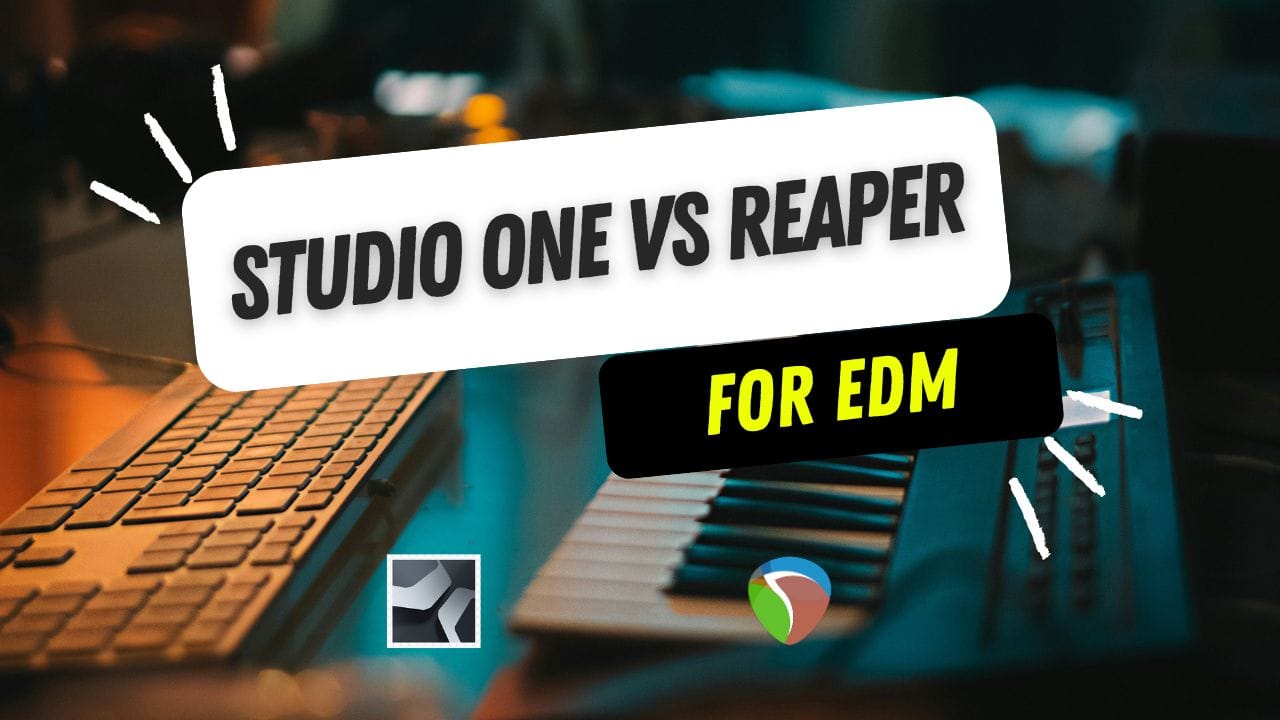
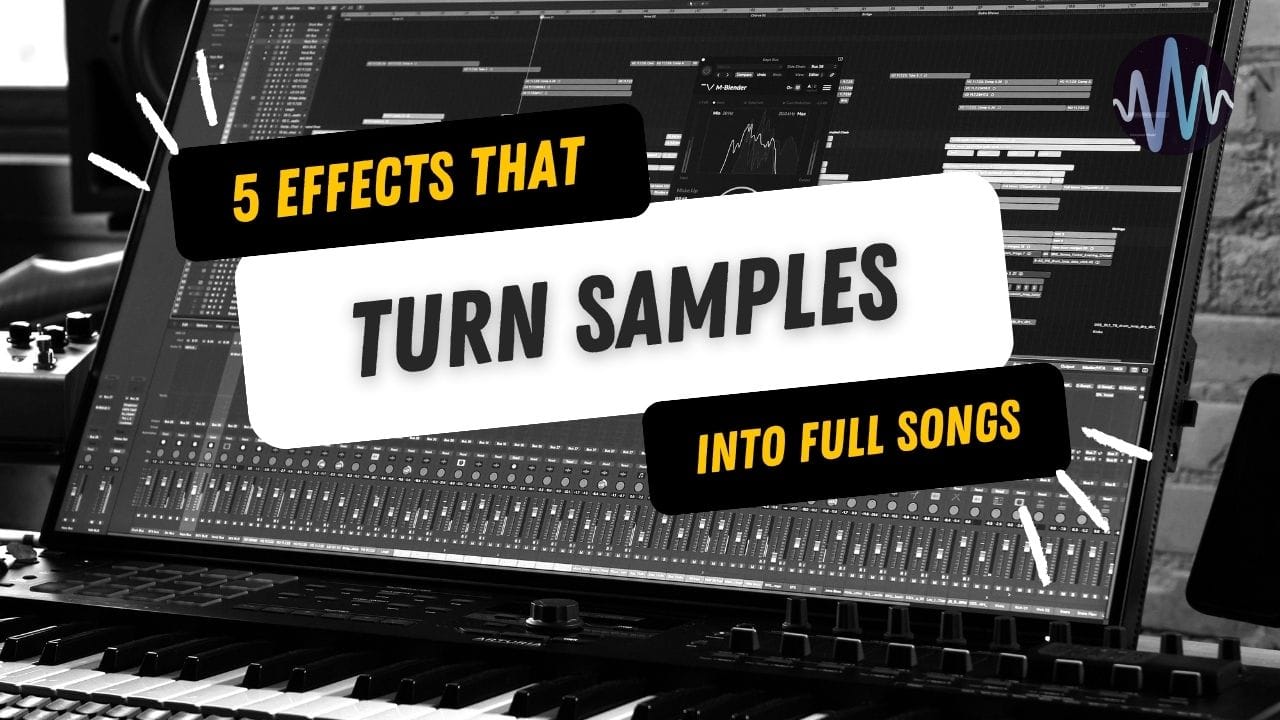
Comments